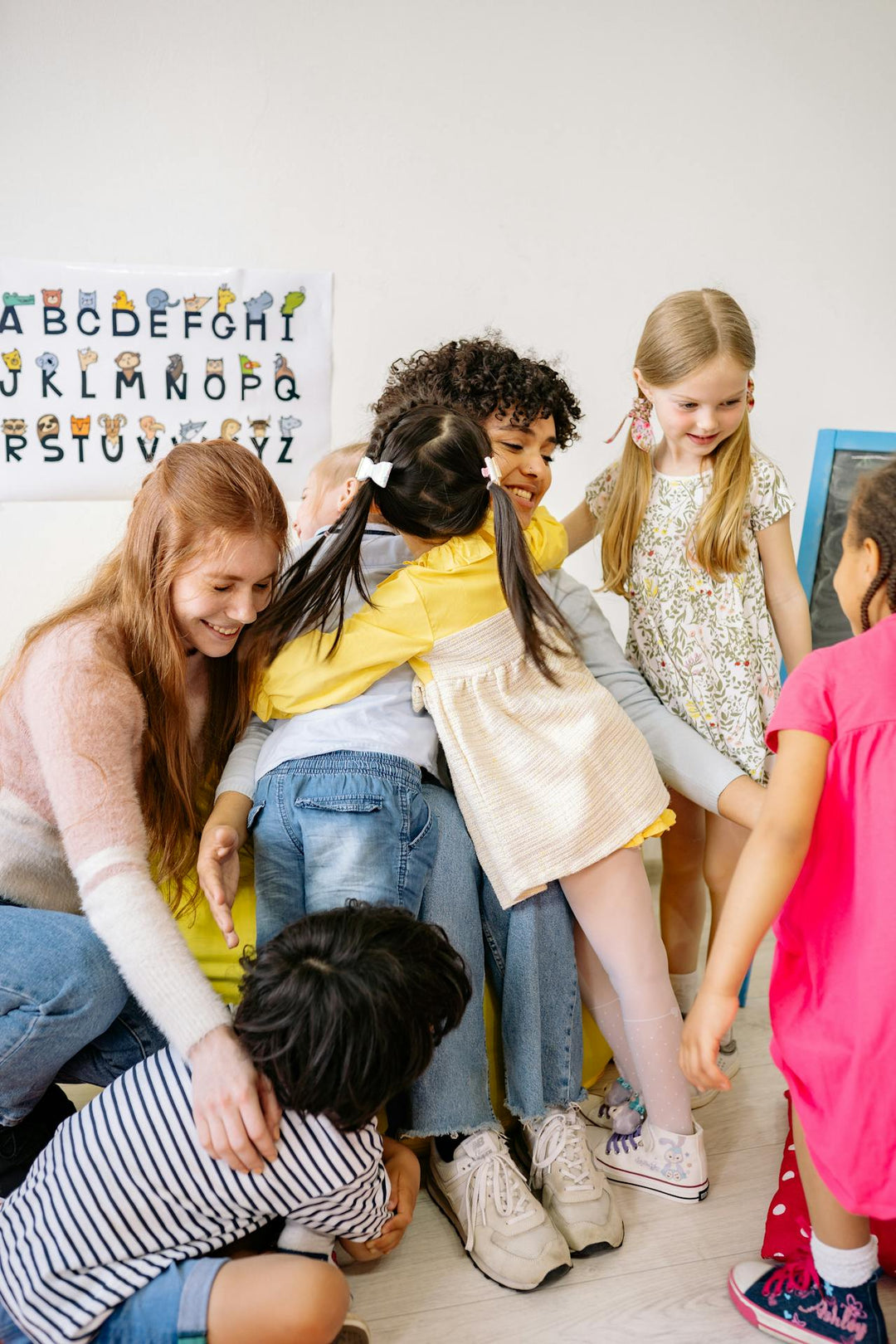Fostering a Culture of Gratitude in Your Nonprofit: Engaging Donors and Volunteers
Gratitude is more than a warm thank-you—it's a cornerstone of community-building. In the nonprofit world, where missions rely on the time, trust, and generosity of others, cultivating a culture of gratitude is not just meaningful—it’s essential.
From major donors to one-time volunteers, people want to know their contributions make a difference. When appreciation becomes a natural part of your organization’s rhythm, it fuels connection, loyalty, and long-term impact.
Here’s how to foster a culture of gratitude that keeps your donors and volunteers engaged—and inspired to continue supporting your mission:
1. Make Gratitude Personal, Not Generic
Saying “thank you” is expected. But a thank-you that feels personal is remembered.
-
Use names, specific contributions, and impact points.
-
Instead of “Thank you for your support,” say “Your help at our food drive allowed us to serve 400 families last weekend.”
-
Let volunteers know how their time shaped a moment—and let donors know what their gift achieved.
📌 Tip: Create gratitude templates for your team, but leave space for personal details.
2. Integrate Gratitude Into Your Annual Calendar
Rather than saving all your appreciation efforts for year-end or Giving Tuesday, schedule regular gratitude touchpoints throughout the year:
-
Volunteer Appreciation Week
-
Donor Anniversaries
-
Quarterly impact updates with a thank-you message
-
Random “just because” gratitude notes
Make appreciation part of your organizational culture—not an afterthought.
3. Use Meaningful Gifts That Reflect Your Values
Thoughtful gifts speak louder than branded items. Consider small, intentional gifts that align with your mission and values—like a gratitude-themed book, a handmade item, or a note from a program recipient.
At Spark Social Press, we’ve seen nonprofits use our gratitude books by Macarena luz Bianchi to:
-
Recognize longtime volunteers
-
Thank board members
-
Gift major donors at milestone events
-
Include in welcome kits for community partners
Bonus: Books offer lasting value and a sense of reflection—a gift people keep.
4. Publicly Celebrate Your Supporters
Public acknowledgment not only makes people feel valued—it shows others what your community is about. Use your website, social media, newsletters, and events to spotlight volunteers and donors.
-
Share a photo and quote from a volunteer.
-
Highlight a donor story in your annual report.
-
Create a “Wall of Gratitude” at your next event.
“We couldn’t have done this without [Name]” goes a long way in making people feel seen.
5. Encourage a Culture of Mutual Appreciation
True gratitude isn’t top-down—it’s shared. Create opportunities for your team, volunteers, and beneficiaries to express thanks to one another.
-
Hold a gratitude circle at your next team meeting.
-
Invite volunteers to share appreciation stories.
-
Collect short thank-you messages from program recipients.
This builds a powerful emotional thread within your organization.
Final Thought
People want to belong to something meaningful. When your nonprofit leads with authentic gratitude, you don’t just retain support—you build a community.
In the end, gratitude isn’t just a practice. It’s a strategy—one that keeps hearts engaged and missions moving forward.
Let Us Help You Say “Thank You” with Impact
At Spark Social Press, we offer beautifully written gift books that help nonprofits recognize and uplift their communities. Whether you're planning a donor campaign, volunteer appreciation event, or holiday gifting effort—we're here to help.
📘 View Our Media Kit
📅 Schedule a Call to explore options for your next appreciation initiative.
Photo by Engin Akyurt








